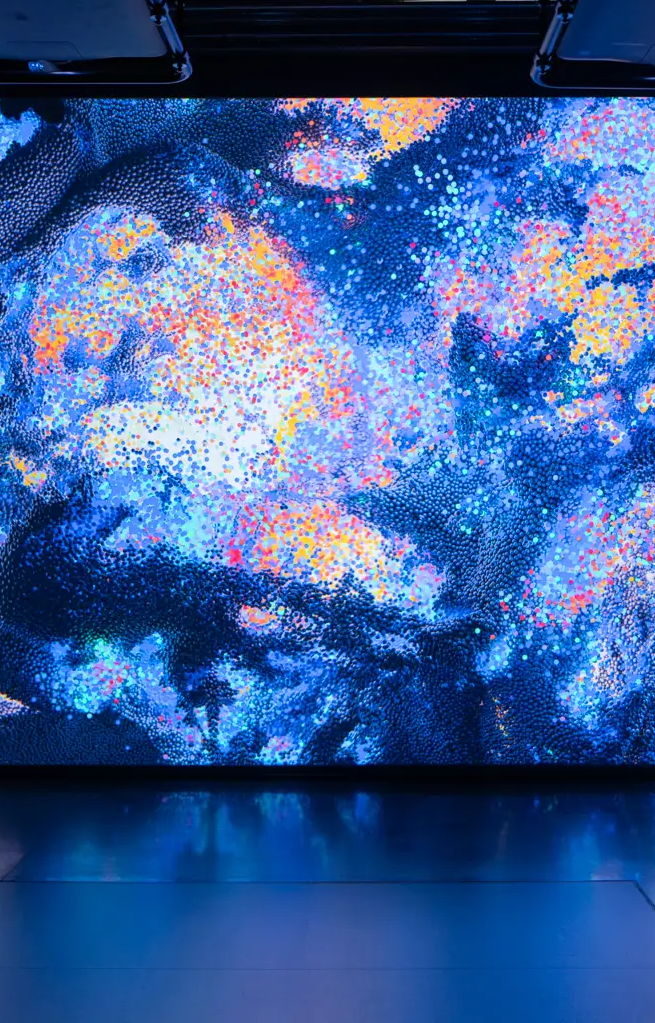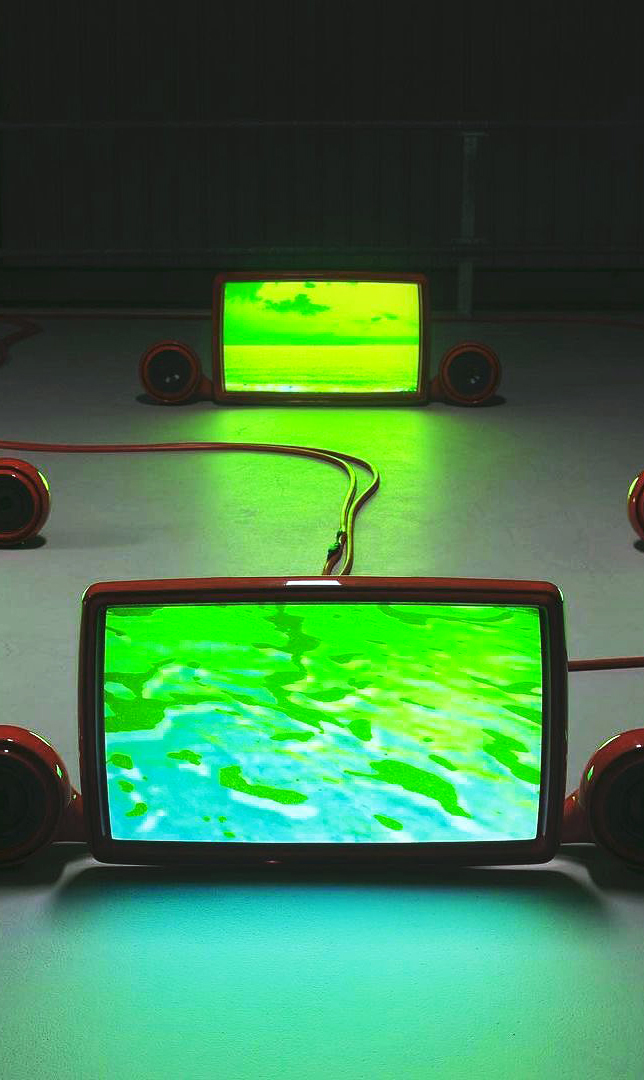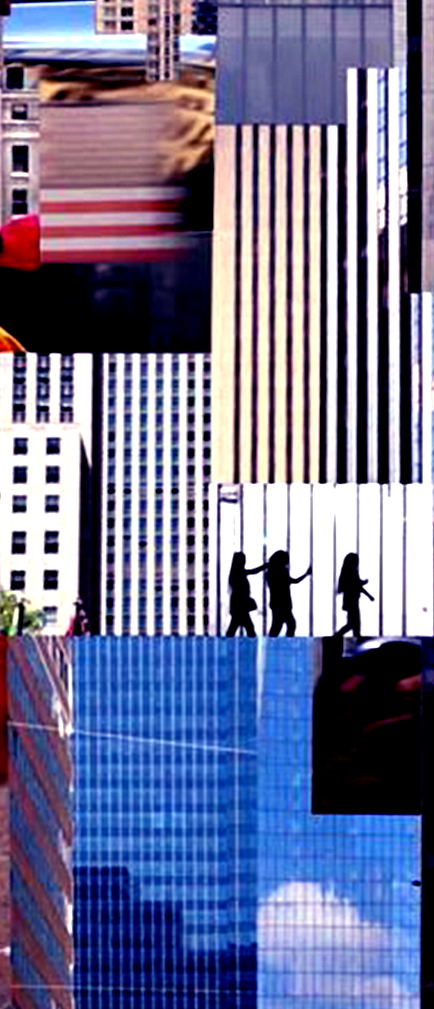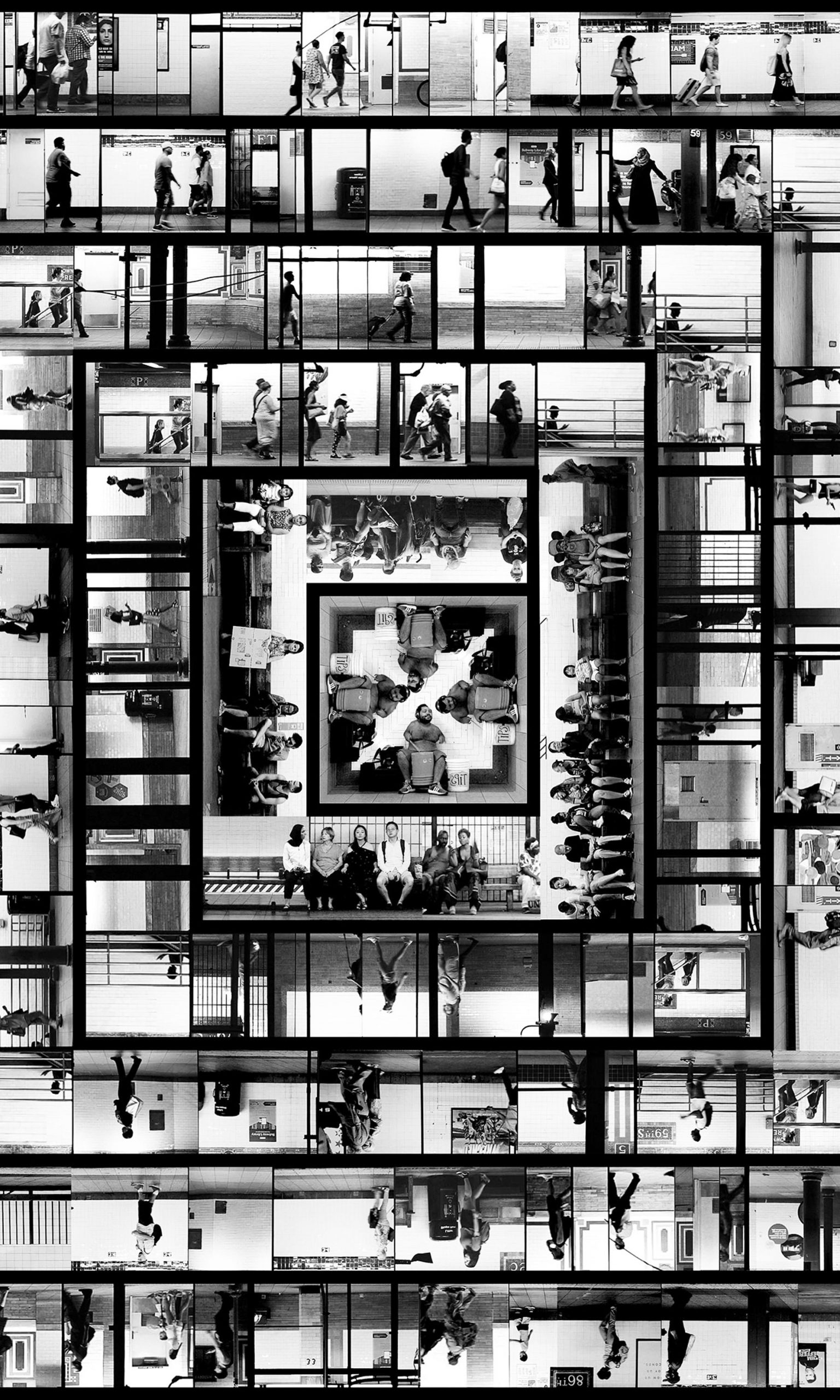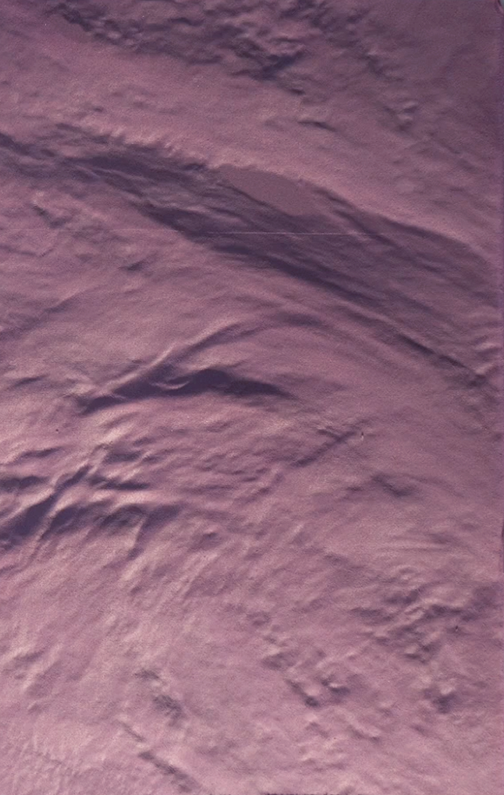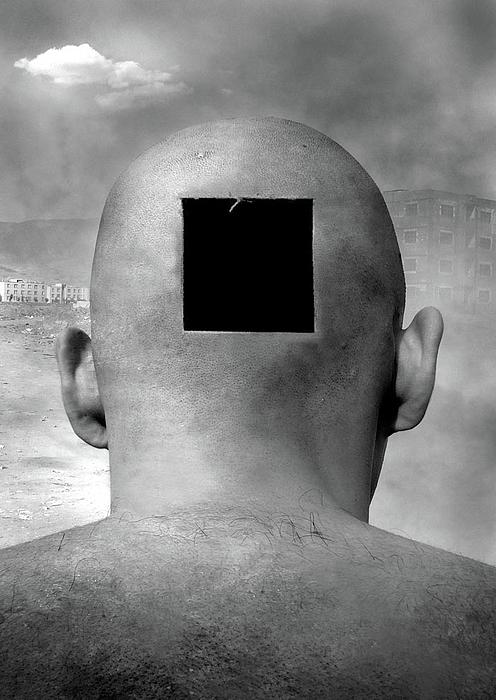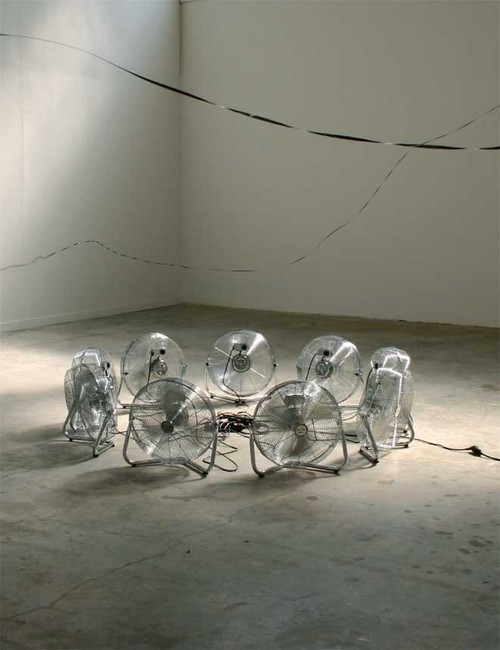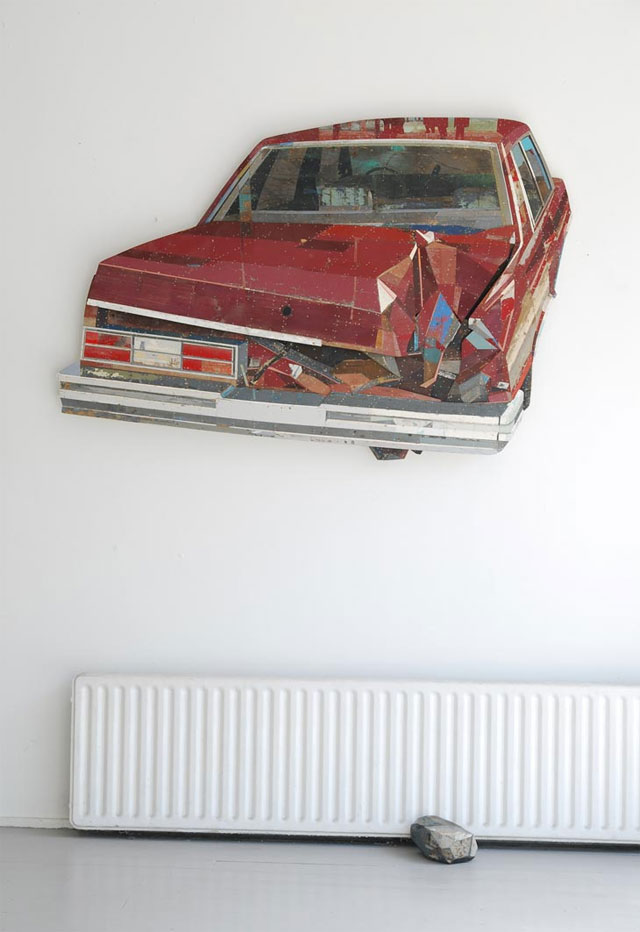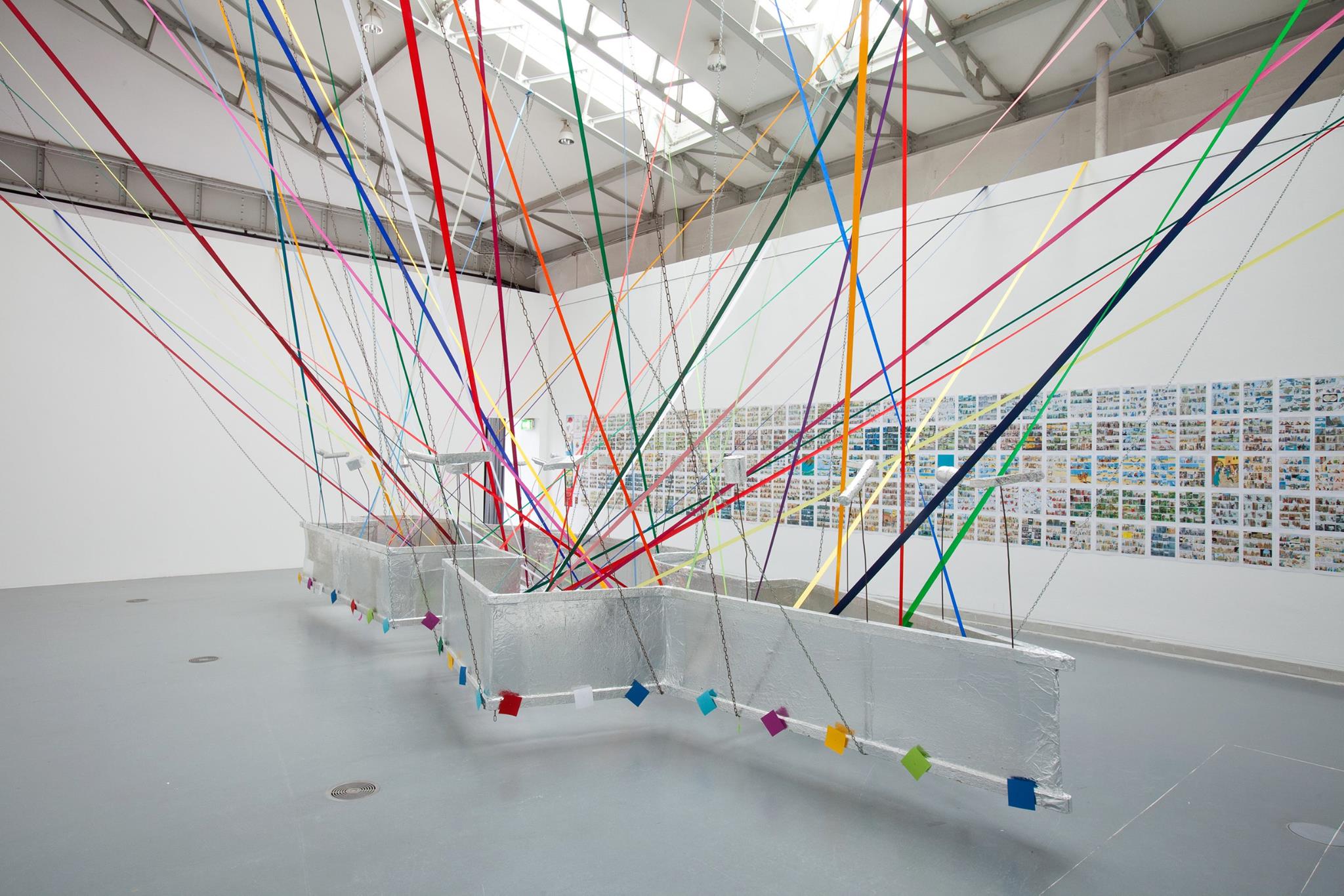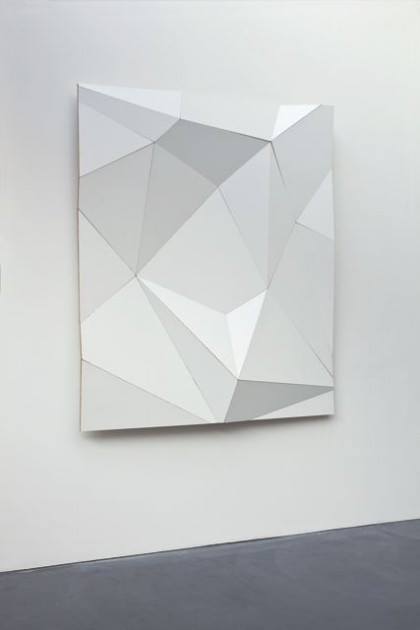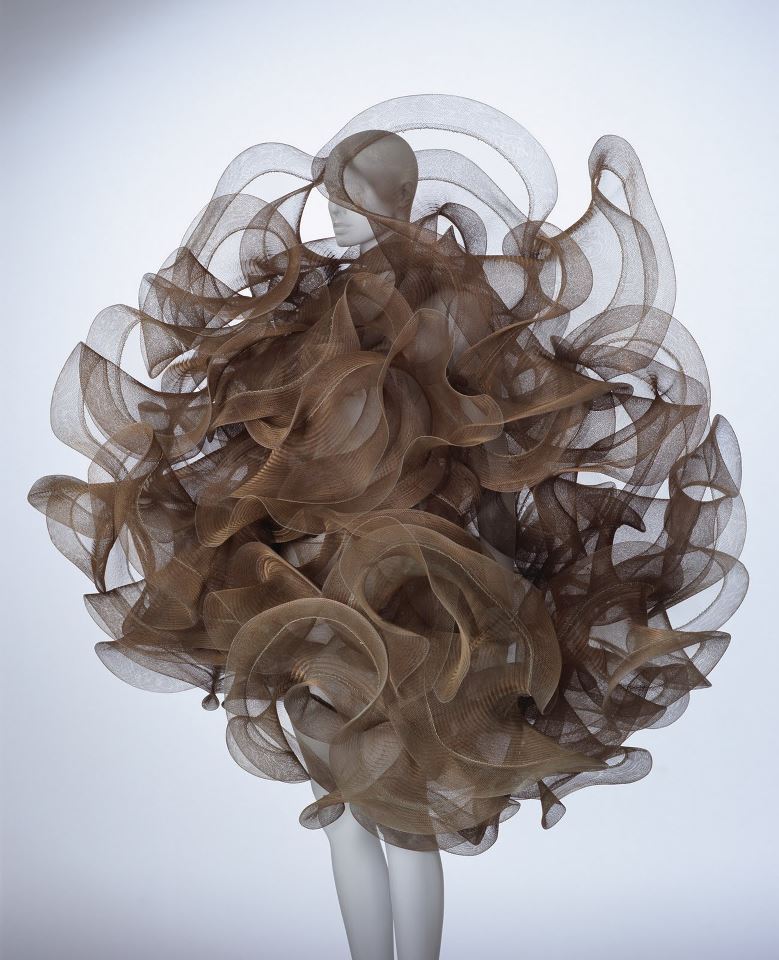ШЕН ВЕЙ
שן וויי
沉伟
FOLDING
Shen Wei’s Werk “Folding” (hier in der Park Avenue Armory abgebildet) wurde 2002 in New York uraufgeführt
Weißbrust, weißarmig, weißgesichtig, mit langgestreckten Haarwickeln (Kopfschmuck? Sind ihre Köpfe länglich?), Tauchen die ersten Tänzer aus der Dunkelheit auf einem trüben blaugrünen Boden mit langen Röcken auf, deren Farben sie verfolgen Teilen Sie sie in zwei Gruppen auf: rot und schwarz. Die Roten sind fliegende, wirbelnde, unabhängige Kreaturen, die oft im Kongress agieren, während die Schwarzen paarweise durch Stoff (wie gruselige, tragisch verbundene Kreationen von Jake und Dinos Chapman) versiegelt sind und einen Großteil ihrer Zeit damit verbringen, sich auf unerträglich langsame Koitusakte einzulassen und noch langsamere Trauermärsche, die ihre leblosen Zwillingsliebhaber ins Schlepptau ziehen.
Die Roten haben anscheinend einen König und die Schwarzen eine Königin (die schließlich allein erscheint). Es gibt eine wunderbare Veränderung in der Dynamik später, wenn die Roten Einheit in einer ironischerweise als Gruppenverweigerung ihrer eigenen Person (Shen Wei’s eigener königlicher Charakter, nicht weniger) erscheinenden Einheit finden, während die gepaarten Schwarzen eine aufgeklärtere zu finden scheinen Individualität im Kampf ihrer Paarungen. Dies ist auch die erste Aufführung, bei der ich einen Ganzkörper-Spandex-Anzug gesehen habe, dessen Träger als Live-Action-Charakter in einem mobilisierten Basrelief auftritt, das wie eine Panne im Hintergrund erscheint in der Software dieser Binomialwelt. Vielleicht ist dieser gesichtslose Charakter die Synthese von Rot und Schwarz oder der Traum des Anbeters von einem Höchsten Wesen, zwei Teile, die zu einem Ganzen zusammengefasst sind. Vielleicht ist der Charakter nur ein kleiner Charakter, aber weil er auffällt, hat er die Kult-Qualität eines Boba Fett und ist mir in der zweiten Pause geblieben.
